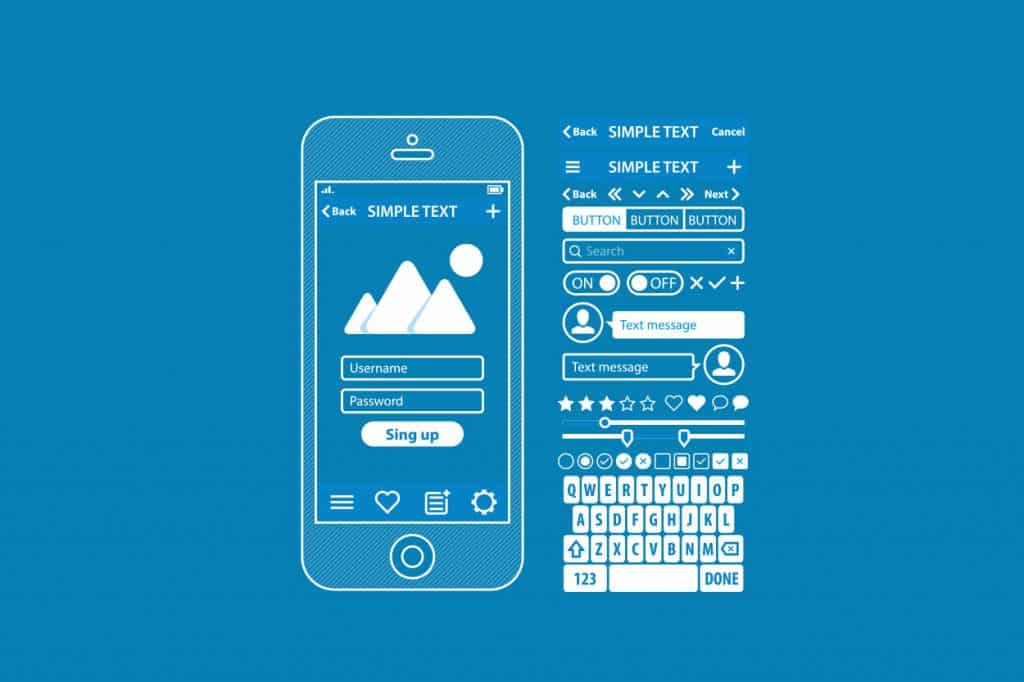They say that “if you’re not in Google, you don’t exist.” You may like it or not, but it’s true, especially for businesses. Having an outstanding website allows you to achieve greater results and acquire new customers. Unfortunately, more and more companies are aware of it, and that’s why the improvement of websites became so quick and sudden. In the past, incorporating the principles of good website design was key to success.
Nowadays, though, you have to do more. It’s not a coincidence that phrases like “how to become a UX designer” or “how to become a UI developer” are one of the most often google requests in the “how to become” category. People want to learn all the secrets of User Experience and User Interface in order to know what are the properties of a perfectly made webpage. In this article, we will cover psychological secrets that make UX such an important part of web designing nowadays. Without further ado, let’s learn what they are.
Emotionally Connection
It’s not a surprise that we are more eager to take action when we feel connected to a particular thing. This rule applies to websites as well. Now, depending on your business, you should convey specific emotions. For example, if you made a website for an antivirus program, you’d like customers and visitors to associate the page with safety. One way to achieve it is by knowing the psychology of colors. In this particular case, you should make sure that there is color green on your website. It’s associated with safety and prosperity. It’s not very intrusive, so it should be easily possible to blend it in a way that text and other types of content are still easily recognizable.
However, emotions can be triggered by many more things, for example, photography. Subconsciously, people feel more desire to buy your antivirus program when they see somebody who is happily surfing on the Internet without worrying about anything. Their brain is telling them to buy your product, and it will take care of their cyber safety.
Usually, we feel trust and connection to brands that have already been tested. That’s why it’s always a good idea to leave some space for a section with people reviews of your products. People care about others’ opinions when it comes to product quality, and when they see there’s a lot of satisfied customers, they are more likely to purchase your product. That’s why you have to pay attention and create an emotional connection between your webpage and visitors.
Make it very Simple
People often say, “the more, the better.” It’s not true when it comes to UX. You want to make your website as simple as possible. Remember – it has to be functional in the first place. Make sure that everything you decide to put on the page serves some purpose or is valuable for customers for some reason.
When it comes to visual elements, make sure not to use too many colors. You may find it more eye-appealing in the process of creation, but people tend to like websites with one or two colors the most. If possible, they should be high in contrast.
Good readability is your next mission. Remember to always create content that is easy to understand. When you’re writing, try to put yourself in the shoes of an average visitor, who likely knows something about your niche, but is not an expert. Make sure that content is easily understandable for them. When people understand what they read about, they are more likely to pick the product. Also, pay attention to details. The text has to be easy to read; that’s why you should place it at a level that is comfortable for the eye. Font size is also important, so don’t make it too small. Otherwise, visitors will leave.
Space
It’s good when you cover a lot of information and useful content, but be smart about it. One of the most common UX mistakes is putting elements too close to each other. People don’t like it when things are too close to each other or when text is too dense. On the other hand, some people who are aware of this concept exaggerate, and leave way too much space. It creates impressions like something is missing, and the page is not finished or complete. Now that you know about it, though, it’s only a matter of time until you find a perfect balance.
Ensure that it’s Human-Friendly
The website describes your product, but it’s created for the people. So, the audience should feel comfortable when they are exploring it. Remember that they might do it while being outdoors, so make sure that content will be easy to read, even in inconvenient circumstances, for example, when the sun is shining on the screen. Also, take care of website mobile-friendliness principles. Having basic knowledge about thumb patterns will help you to adjust action buttons in the correct place. It’s a good idea to compare your webpage with the competition, and some other, random niche websites. You might be able to find out that something is missing or incorporate some other ideas that you believe might be helpful for your visitors.
User experience doesn’t have to be a sad and daunting task. In fact, it’s a stage when you can or even should be creative. Implement the strategies from this article, and you can be sure that people will genuinely like your website. And happy visitors will generate more conversions, which obviously will benefit you.











